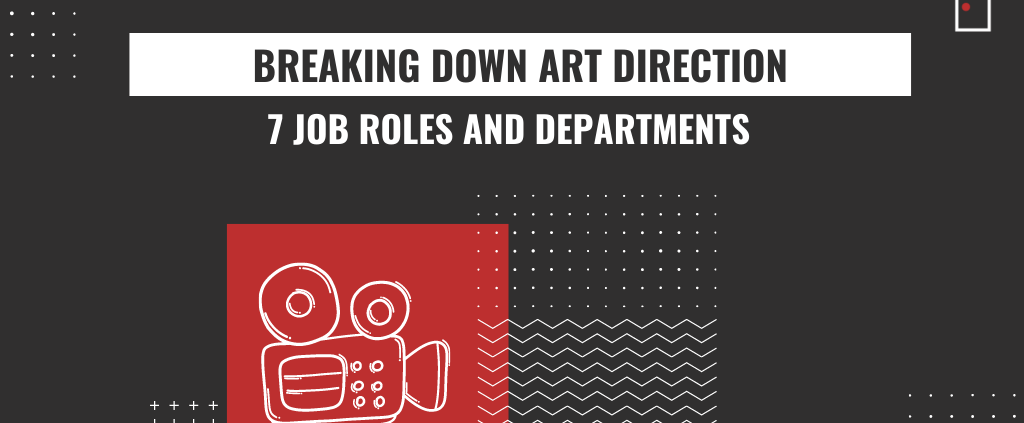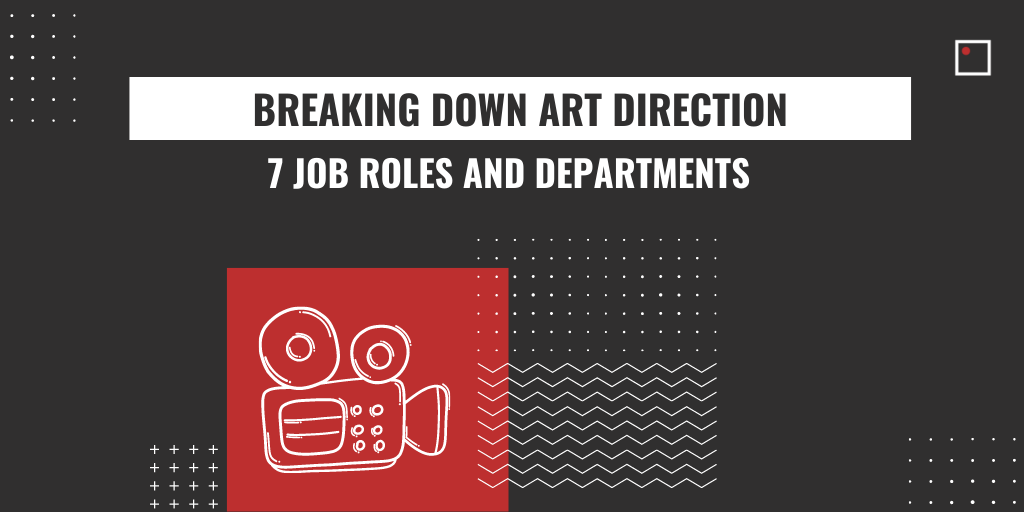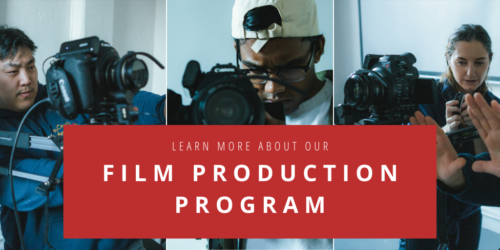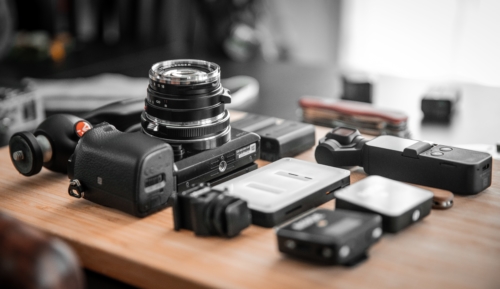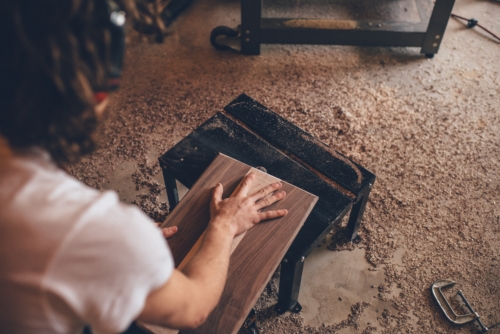Interested in set design? Keep reading to find out what job roles and departments are integral to art direction on set.
By: Sophia Lin
Ever considered how the background in a movie comes together? Where do the props come from? Or what a setting says about a character? Chances are, like most viewers, you were probably been immersed in the story. Our eyes take such elements for granted within the world built by the film. The world that appears on our screens takes careful, methodical, and purposeful work — and huge teams of people with various specializations.
As you may have heard before, terms like production design and art direction often float around. But the process isn’t quite so simple. In fact, there are at least 7 departments and anywhere from dozens to hundreds of job positions relating to art direction — some of which are broken down even further into smaller sub-departments. These include the set designer, prop master, set decorator, and construction crew, to name a few. There’s often cross-department collaboration too, commonly with the costume or makeup departments, to create an overarching visual appearance of the film.
Without further ado, below are 7 of the key job roles and departments within art direction, involved in every step from fashioning storyboards to carpentering sets.
1. Production Designer
First and foremost, the production designer is the head of the art department. They lead the visual creation of the director’s vision. Though they work with other job roles, such as the director and the producer, they closely collaborate with the art director.
Often, production designers deliver sketches detailing atmosphere, colour, and texture. They then oversee the work of the construction and sets departments under them. Production designers come in at the early stages of pre-production to immerse themselves with the film, so as to best design visuals to serve the story.
2. Art Director
The art director is a highly multifaceted role. Though primarily responsible for overseeing the designers and artists behind the film’s visuals, they also analyze the script to determine the props and sets needed. Typically, this involves quick creative solutions, especially on the front of set construction.
A good deal of art direction calls for coordination with other sub-departments as well, most notably with the director of photography. In fact, some bigger studio films even prefer to employ multiple art directors, due to the breadth of the job.
3. Set Designer & Set Decorator
A set designer, also called a draughtsman, creates technical drawings of sets. These sketches become instructions for the construction crew. These days, physical and computer models get the job done, needing key specifications like the precise measurements and construction materials needed.
On a slightly different note, set decorators decide the furniture and decorations that will be used on set. This requires a thorough knowledge of both the story and the characters’ internal and external motives. Anything from the colour of a picture frame to the style of a sofa is all there to elevate the plot.
4. Property Master
The property or prop master heads the prop department, a team of prop makers and prop runners. Props can either be custom-made, found, or altered, and the property master is in charge of making these decisions. Furthermore, the coordination and tracking of all prop-related details and maintenance fall into their hands too.
Detailed research can be another one of the daily duties of a property master. Along with the preparation of props, property masters ensure the authenticity of each and every prop, which is especially important in period films and biopics.
5. Concept, Storyboard, and Graphic Job Roles
Each of these artists plays a highly specialized role, and these all eventually come together in the overall art direction. To begin, concept artists focus on a highly specific set-piece. For example, the design of a creature or a spaceship, then creating computer-generated visuals to illustrate their vision.
The work of storyboard artists, however, is broader. They produce drawings of each individual shot as envisioned by the director. Storyboards include the proper camera angles, movements, and sequence of events within each scene. On the other hand, graphic artists create work made up of purely physical, graphic elements. They make any props requiring design or text, such as posters, newspapers, logos, and the like.
6. Carpenter & Construction Crew
This is one of the most crucial departments, responsible for the actual making and painting of the sets and props. In essence, the construction crew brings ideas and concepts to life. This includes not only what we know and see on-screen, but also off-screen support structures and platforms.
The head carpenter leads the crew, supervising carpenters, scenic artists, painters, plasterers, and sculptors. Though their focus is on woodwork, the construction crew can have technical and creative input when it comes to the details of the art direction.
Within the construction crew, the paint department would be responsible for wall painting, ageing, vinyl, graffiti and more visual details on set.
7. Production Buyer
On the more logistical side, production buyers coordinate the purchases or rentals of all set dressings and decorations. With the shooting schedule in mind, the production buyer ensures that these items, sometimes including props, are delivered and ready for each scene.
They take charge of any and all financial considerations related to set dressing, typically with several assistants working under them. This means that they have a close understanding of the production budget, making pivotal decisions to ensure that operations stay on budget.
Art direction is an integral part of filmmaking that we often do not see. From picking important details of a scene to building props with your own two hands or going on a hunt to find the most accurate prop, there is a job for everyone. If you are creative, hardworking, and imaginative, the many job roles in art direction could be a great fit!
Related Articles:
InFocus Film Production Program

